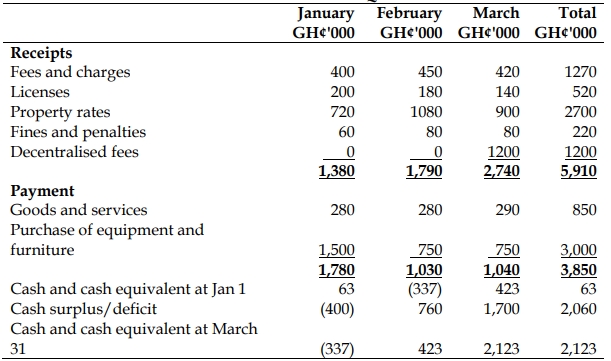- 4 Marks
Question
Explain the following terms used in tax administration in Ghana:
i) Tax Policy
ii) Tax Planning
(4 marks)
Answer
i) Tax Policy:
This includes the principles of simplicity, efficiency, fairness, and the ability to collect sufficient revenue. Tax policy ensures that taxes are designed to be as straightforward as possible while effectively generating the necessary revenue for government operations.
ii) Tax Planning:
This involves the strategic approach to ensuring that tax liability is not unduly high. The goal is to minimize tax payments legally, avoid litigation, ensure productive investments, and prevent tax evasion and double taxation.
(4 marks)
- Tags: ICAG, Professional Level 2, Tax Planning, Tax Policy
- Level: Level 2
- Topic: Public sector fiscal planning and budgeting
- Series: NOV 2016
- Uploader: Cheoli

